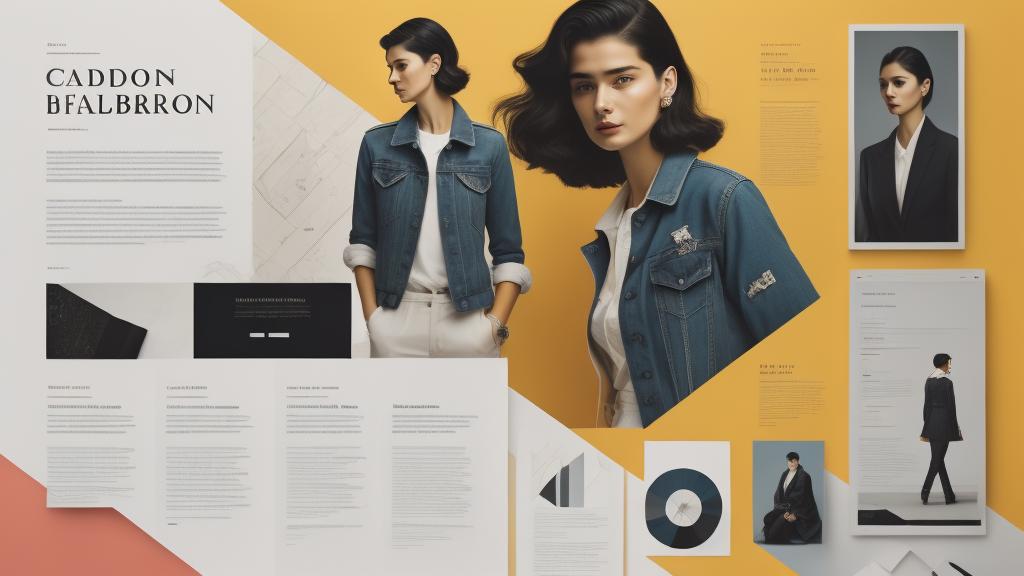In an era where definitions and boundaries are continuously being redefined, the world of fashion stands at the forefront of this cultural evolution. Until recently, the fashion industry has largely operated within the constraints of the gender binary, designing collections strictly for men or women. However, a new wave of non-binary designers is now challenging these traditional norms, creating pieces that defy conventional expectations and provide a fresh perspective on gender and style.
The movement towards breaking gender norms in fashion is not merely a trend; it is a profound shift that reflects broader societal changes. These designers are not just seeking to blur the lines between 'men’s' and 'women’s' clothing but to dismantle these categories entirely. Their innovative designs often emphasize flexibility, fluidity, and inclusivity, promoting the idea that clothing should be an expression of individuality rather than a rigid adherence to predefined norms.
One such trailblazer in this space is Alok Vaid-Menon, a non-binary artist and designer whose vibrant and eclectic fashion sense has garnered a passionate following. Alok’s work is characterized by bold colors, playful patterns, and an unabashed embrace of styles traditionally considered 'feminine.' Through their designs, Alok challenges the fashion industry to rethink its approach and embrace a more inclusive vision.
Designer Harris Reed, another non-binary figure making waves, adopts a similarly revolutionary approach. Reed’s creations often feature extravagant silhouettes, incorporating elements from both historical fashion and modern haute couture. Their work has been described as 'ungendered armor,' providing wearers with a sense of empowerment and freedom from societal expectations.
The rise of non-binary designers is also influencing major fashion houses. Brands like Gucci and Louis Vuitton have gradually started to incorporate more gender-neutral pieces in their collections, signaling a broader acceptance of non-binary identities within the fashion mainstream. This shift not only widens the market for these brands but also serves as a powerful message about the evolving nature of fashion and identity.
It is important to recognize that the impact of non-binary fashion extends beyond the runway. It challenges consumers to reconsider their own perceptions of gender and encourages a more open-minded approach to self-expression. The popularity of non-binary fashion also shines a light on the importance of representation. Seeing non-binary models, designers, and influencers in the spotlight helps to normalize diverse gender identities and fosters a more inclusive culture.
Moreover, the rise of non-binary fashion has significant implications for the retail industry. Traditional department stores often separate clothing sections by gender, but as demand for non-binary fashion grows, retailers are being compelled to rethink their layouts and marketing strategies. Some stores have begun to create gender-neutral sections or eliminate gendered labeling altogether, providing a more inclusive shopping experience.
However, the journey towards widespread acceptance and integration of non-binary fashion is not without challenges. Many established brands are still hesitant to fully embrace non-binary models and designers, often fearing backlash from more conservative segments of their consumer base. Additionally, non-binary individuals in the fashion industry often face unique obstacles, such as a lack of mentorship and limited access to resources, which can hinder their professional growth.
Despite these challenges, the momentum behind non-binary fashion is undeniable. Social media, in particular, has played a crucial role in amplifying the voices of non-binary designers and creating a platform for their work. Platforms like Instagram and TikTok allow these creatives to reach a global audience, share their stories, and inspire others to embrace a more fluid approach to fashion.
The future of fashion is undeniably linked with the ongoing movement towards greater inclusivity and diversity. As non-binary designers continue to challenge the status quo and push the boundaries of what fashion can be, they pave the way for a more inclusive and representative industry. Their work is not only changing what we wear but also how we think about identity, self-expression, and the possibilities of fashion.
In conclusion, the rise of non-binary designers is a testament to the power of fashion as a vehicle for social change. By challenging traditional gender norms, these designers are not just redefining style; they are fostering a more inclusive and open-minded society. As this movement gains momentum, it brings us closer to a future where fashion truly reflects the rich diversity of human experience.
Breaking gender norms in fashion: how non-binary designers are challenging the status quo

